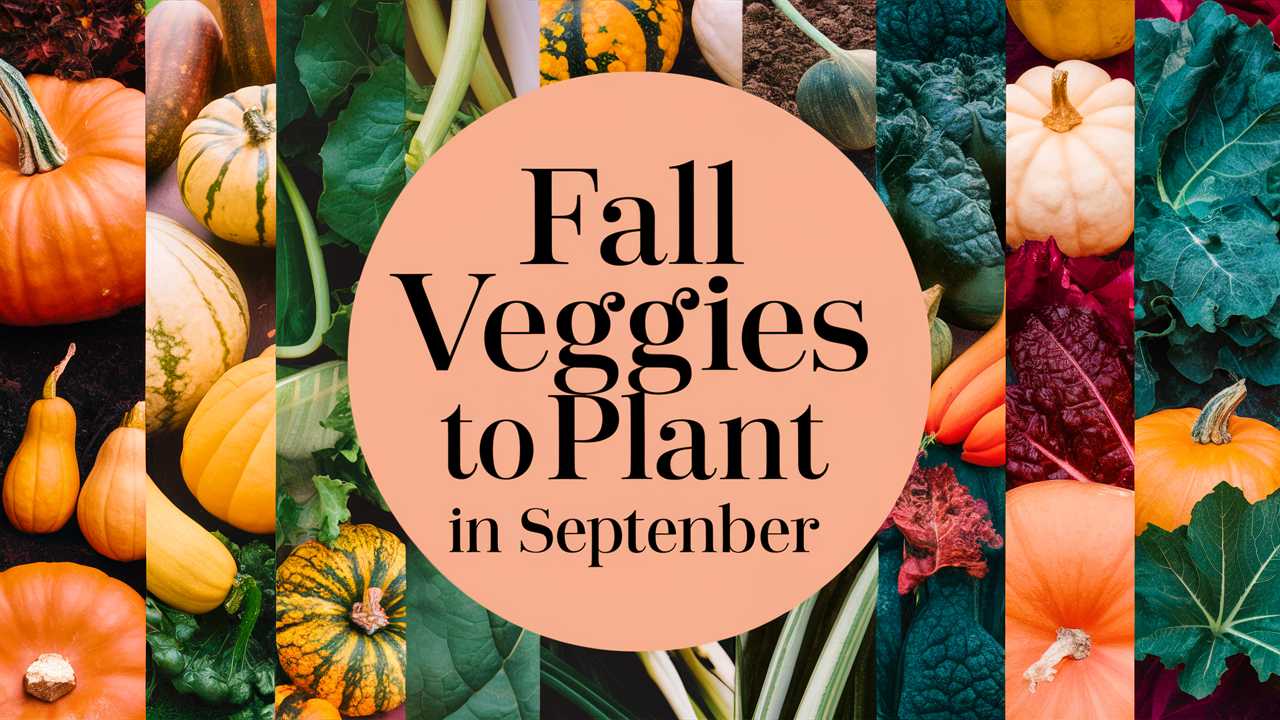On this page you’ll find 25 fall veggies you can plant in September, focusing on their growing conditions, benefits, and tips on how to cultivate them effectively.
Kale
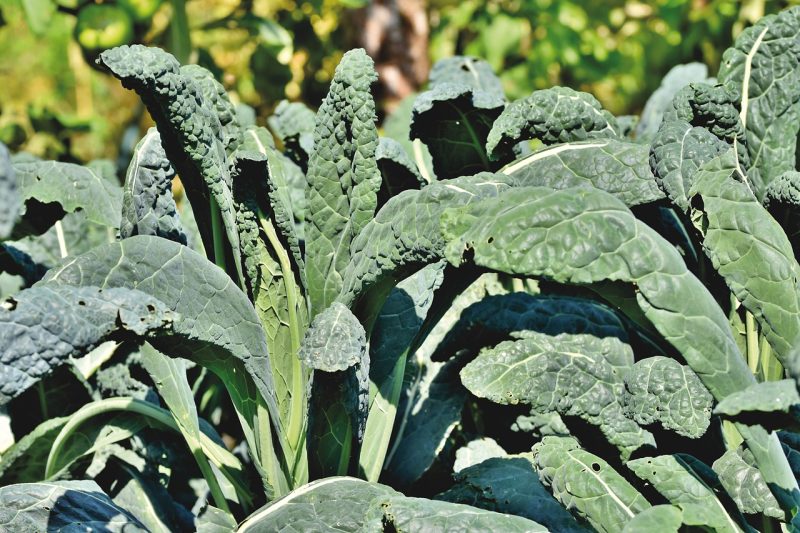
Kale is a beloved superfood, and it thrives in the cooler temperatures of fall. Planting kale in September allows it to develop robust flavors, especially after the first frost, which sweetens the leaves. It’s rich in vitamins A, C, and K, making it a nutritious addition to your diet.
To grow kale, aim for well-drained soil enriched with organic matter. Regular watering is essential, but avoid waterlogging. Harvest the outer leaves as needed; they will continue to produce new growth throughout the fall.
Spinach
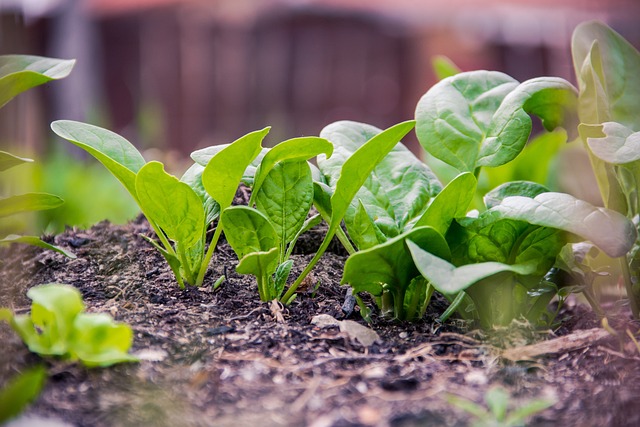
Spinach is a staple in many gardens and an excellent choice for September planting. This leafy green not only matures quickly but also benefits from cooler weather. The taste tends to be sweeter in the fall, making it perfect for salads or cooked dishes.
Consider using row covers to protect young plants from cold snaps. Spinach prefers rich, well-drained soil with a pH between 6.5 and 7.5. as it grows, keep the soil consistently moist for optimal yields.
Carrots

Carrots are remarkably resilient and can be planted in September for a late fall harvest. They thrive in cooler weather, and the roots’ flavor becomes sweeter as temperatures drop. Choose a variety suited to your growing conditions, as they come in shapes ranging from round to long and slender.
Sow seeds directly in well-prepared soil that is free of stones to prevent deformities. Cover with a light layer of soil and keep the moisture consistent. Remember to thin seedlings to ensure ample space for each carrot to grow.
Beets
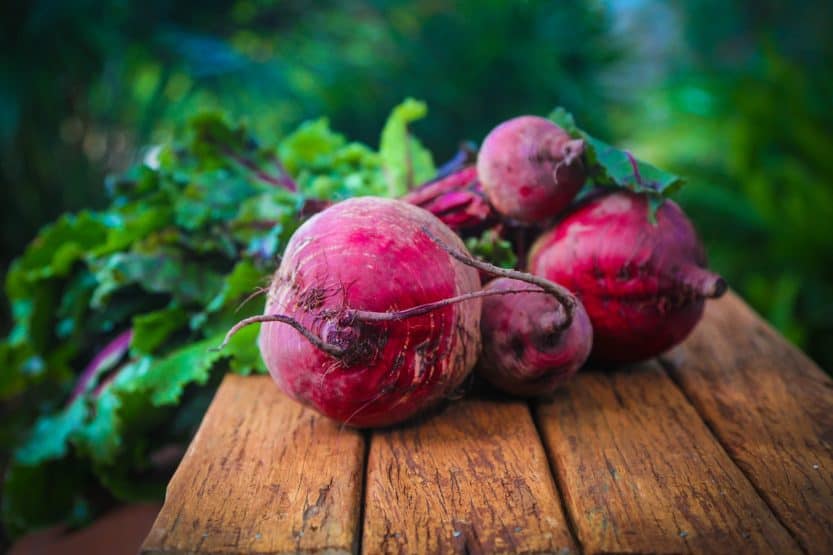
Beets are a vibrant addition to any fall garden. Known for their earthy sweetness, these root vegetables are high in antioxidants and nutrients. September planting allows beets to reach maturity before the cold sets in, and they can often withstand light frosts.
For the best flavor, plant beets in rich, well-draining soil. You can pick both the roots and the greens, as beet greens are delicious and packed with nutrients. Regular watering will enhance their growth.
Broccoli

There’s nothing like homegrown broccoli, and September is prime time to plant this nutrient-dense vegetable. Broccoli thrives in cooler weather, making it an ideal candidate for fall planting. The germination process is relatively quick, and with proper care, you can enjoy fresh heads just in time for Thanksgiving.
Ensure you choose a sunny location with fertile, well-drained soil. Regular watering and the occasional side-dressing with compost will help keep the plants healthy. Harvest the heads before the flowers bloom for the best taste.
Brussels Sprouts
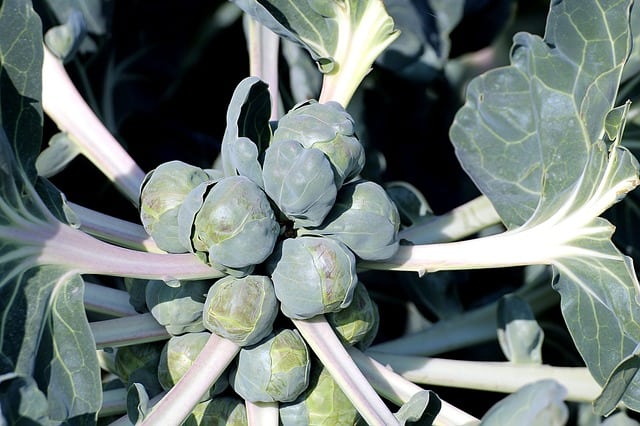
Brussels sprouts are often loved or loathed, but their nutty flavor is undeniable when cooked properly. September is an excellent month to plant these mini-cabbages, as they require a long growing season to develop their characteristic sprouts.
These plants enjoy a spot that gets plenty of sunlight and will benefit from rich, well-draining soil. Water regularly, and as the sprouts begin to form, you may want to remove the lower leaves to direct energy toward sprout development.
Radishes

Radishes are one of the quickest crops you can grow, making them perfect for September planting. These fast-growing root vegetables can be harvested in as little as three to four weeks. They’re fantastic for adding crunch to salads, and their distinct flavors vary across different varieties.
Planting radishes in well-prepared soil rich in organic matter is essential. They prefer cooler temperatures, making September ideal. Water them consistently, and thin them out to ensure proper spacing.
Turnips
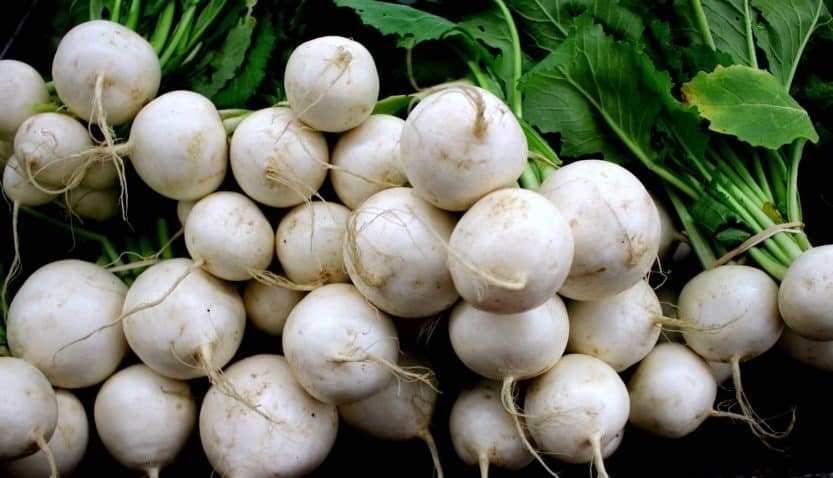
Turnips are a versatile vegetable that can be enjoyed cooked or raw. Planting turnips in September allows them to mature in the cooler weather, where they develop a sweeter taste. Not only do their roots provide a delicious side dish, but their greens are also edible and nutritious.
Choose well-drained soil rich in organic matter for the best results. Regular watering and proper spacing between plants will allow them to grow to their full size. Turnips can be harvested young for their tender flavor or left in the ground for larger roots.
Leeks
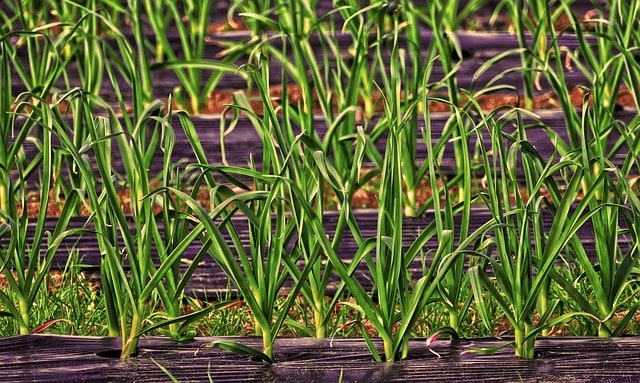
Leeks are a quintessential fall vegetable, known for their mild onion flavor. They take a bit longer to mature, making September an excellent planting month. Leeks can be enjoyed in various dishes, from soups to salads, adding a delightful depth of flavor.
Plant leeks in loose, well-drained soil, and consider using a trenching technique to encourage long, blanched stems. Regular watering is key, especially during dry spells, to ensure the leeks grow uniformly.
Garlic
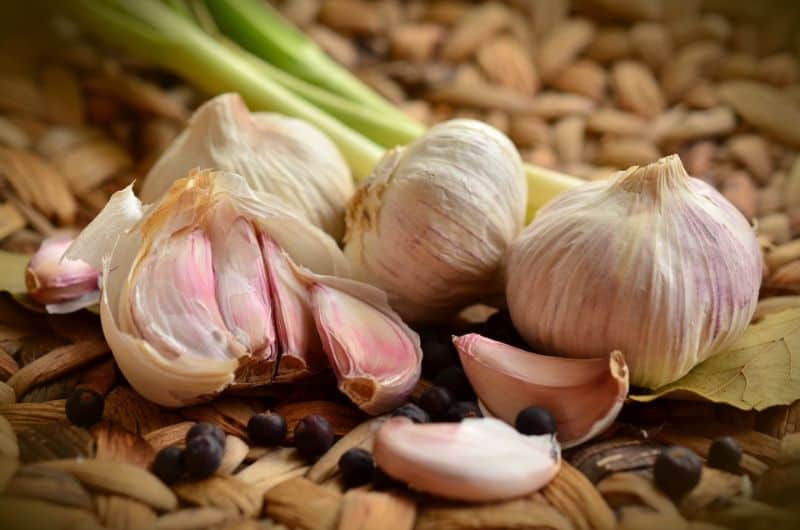
Planting garlic in September allows the bulbs to establish roots before winter dormancy. In spring, they’ll resume growth, leading to a bountiful harvest by summer. Garlic is celebrated for its culinary and health benefits, making it a must-plant vegetable.
Select a variety suitable for your climate, and plant the cloves in well-drained soil with plenty of organic material. Cover with mulch to regulate temperature and moisture, and watch for green shoots in the spring.
Collard Greens
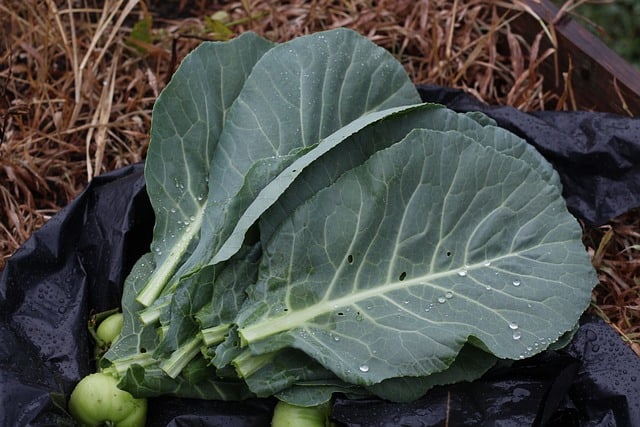
Collard greens are often overlooked, but they’re nutrient-packed and resilient in cooler weather. Planting in September means you can enjoy their tender leaves even after the frost, which sweetens their flavors. They’re typically enjoyed boiled or sautéed, often seasoned with spices or ham.
Ensure they receive full sun and are planted in fertile, well-drained soil. Regular watering will promote healthy growth, and as the leaves mature, you can harvest them from the outer edges.
Pac Choi
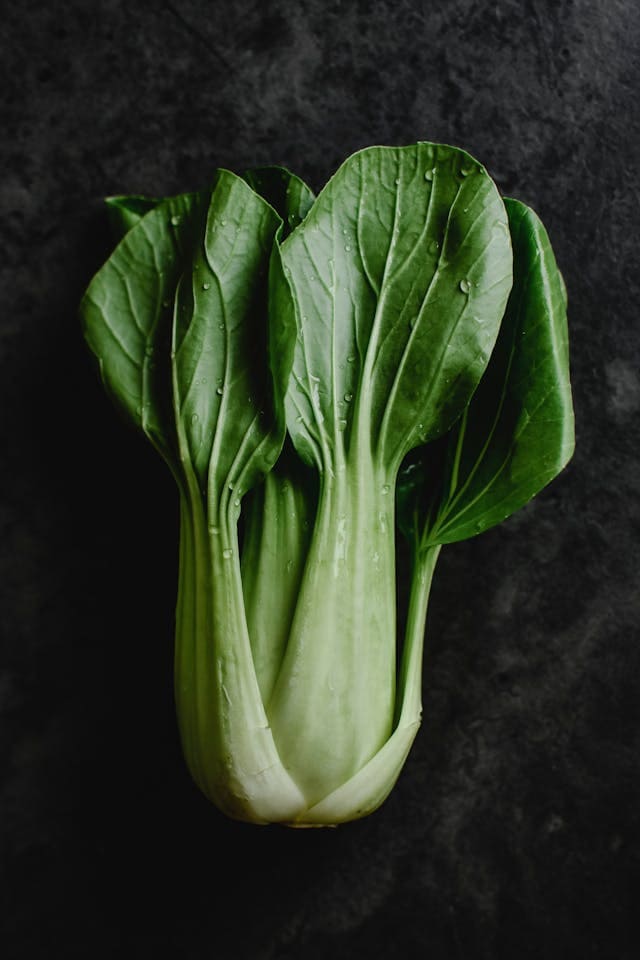
Pac choi, also known as bok choy, is a leafy green that thrives in cooler temperatures. This crunchy vegetable can be enjoyed raw in salads or cooked in stir-fries. Planting in September allows for a fantastic fall harvest.
Choose a site with ample sunlight and prepare the soil with compost for nutrition. Water regularly, and be mindful of pests like aphids, which can be attracted to these tender greens.
Swiss Chard

Swiss chard is a beautiful vegetable with its vibrant, colorful stems. September is the perfect month to plant this hardy green, as it can withstand cooler temperatures and produce all fall long. The leaves can be harvested as needed, making it a practical addition to your garden.
Plant in well-drained soil enriched with organic matter, and provide consistent moisture for the best results. Swiss chard is not only delicious but also high in vitamins K and A, making it a nutritious choice.
Parsnips

Parsnips take a bit longer to mature, making September a good time for planting this sweet root vegetable. Known for their nutty flavor, parsnips become sweeter after frost, offering a charming addition to hearty fall dishes like soups and stews.
Select a location with deep, well-drained soil to allow for ample root growth. Regular watering will ensure consistency, and you can leave them in the ground until needed, as they can tolerate frost beautifully.
Cilantro

Cilantro, or coriander, is a fast-growing herb that can be planted in September for a fall harvest. Its fresh leaves are perfect for flavoring many dishes, from tacos to salads.
Plant cilantros in well-drained soil with full sun exposure. They grow quickly, so be prepared to harvest within weeks. Keep in mind that cilantro flowers quickly as temperatures rise, so earlier planting can yield better results.
Mustard Greens
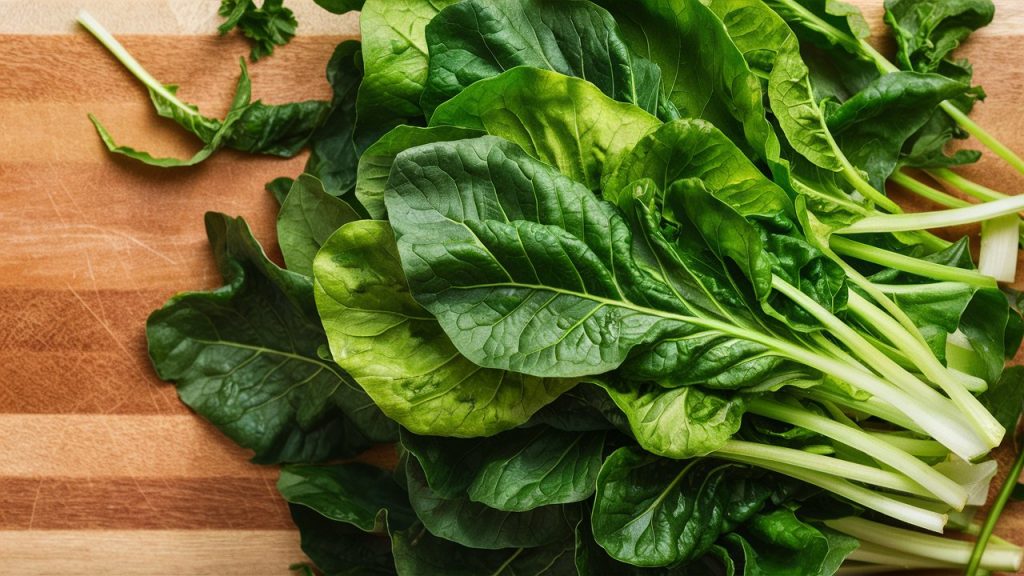
Mustard greens are packed with flavor and nutrients, making them an excellent addition to your fall garden. Known for their peppery taste, they thrive in cooler temperatures and can be harvested until the frost.
Mustard greens prefer well-drained soil enriched with organic material. Water them regularly, and you can harvest them at any time, as young leaves are delightful in salads, while mature leaves can be cooked down for added flavor.
Cabbage
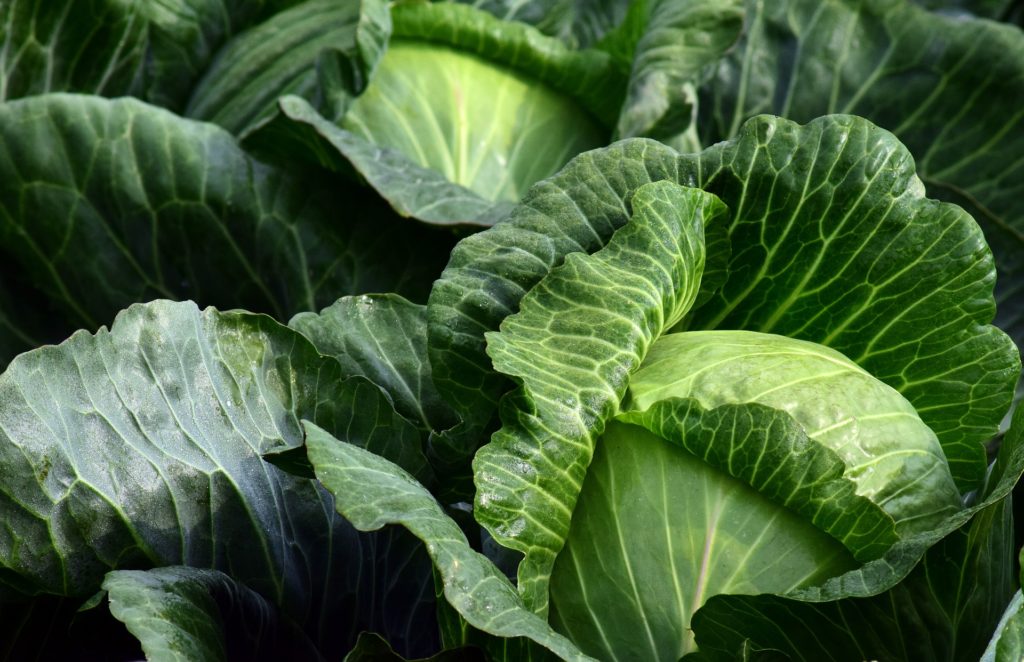
Cabbage is a traditional fall vegetable that thrives in cooler weather, making September the ideal month for planting. Varieties range from sweet to tangy, and it can be used in salads, stir-fries, or fermented into sauerkraut.
Choose a sunny spot with fertile soil and regular watering for best results. Cabbage can be sensitive to pests, so keep an eye out for aphids and cabbage worms, and consider using row covers for protection.
Peas
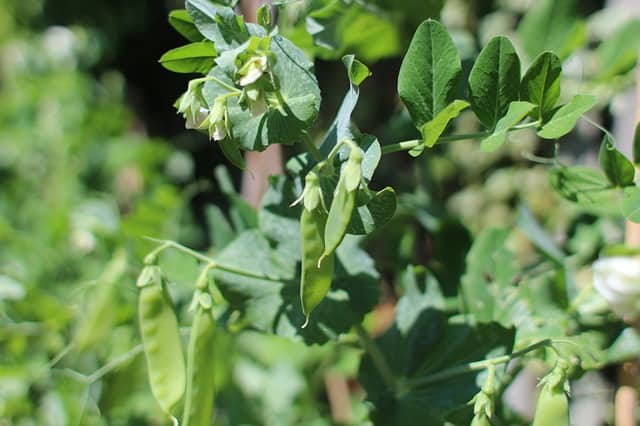
Peas are a delightful crop to plant in September. The cooler weather suits their growing habits, especially if you opt for fall varieties like snap peas or snow peas. They can be enjoyed fresh or used in various dishes.
Plant peas in well-drained soil, providing support for climbing varieties. Regular watering is essential, and be sure to harvest them promptly for the best flavor and sweetness.
Fennel
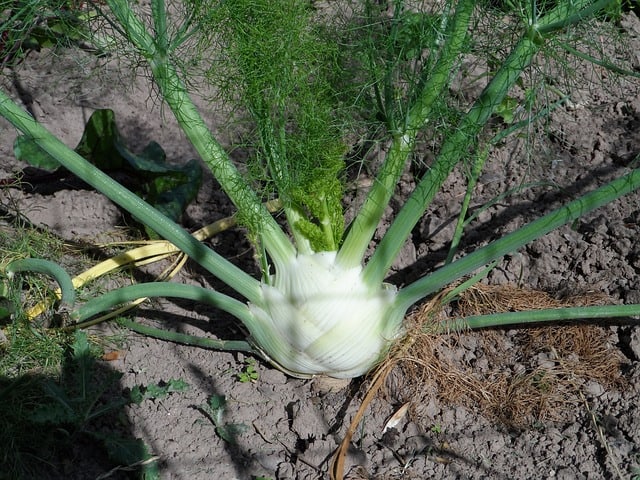
Fennel, with its unique, licorice-like flavor, is an exciting addition to your fall garden. September planting allows fennel bulbs to develop in cooler temperatures, enhancing their flavor profile. This versatile vegetable can be eaten raw in salads or cooked as a savory side dish.
Fennel prefers well-drained soil and plenty of sun. It’s crucial to provide consistent moisture and be prepared to thin the plants to ensure healthy bulb development.
Potatoes
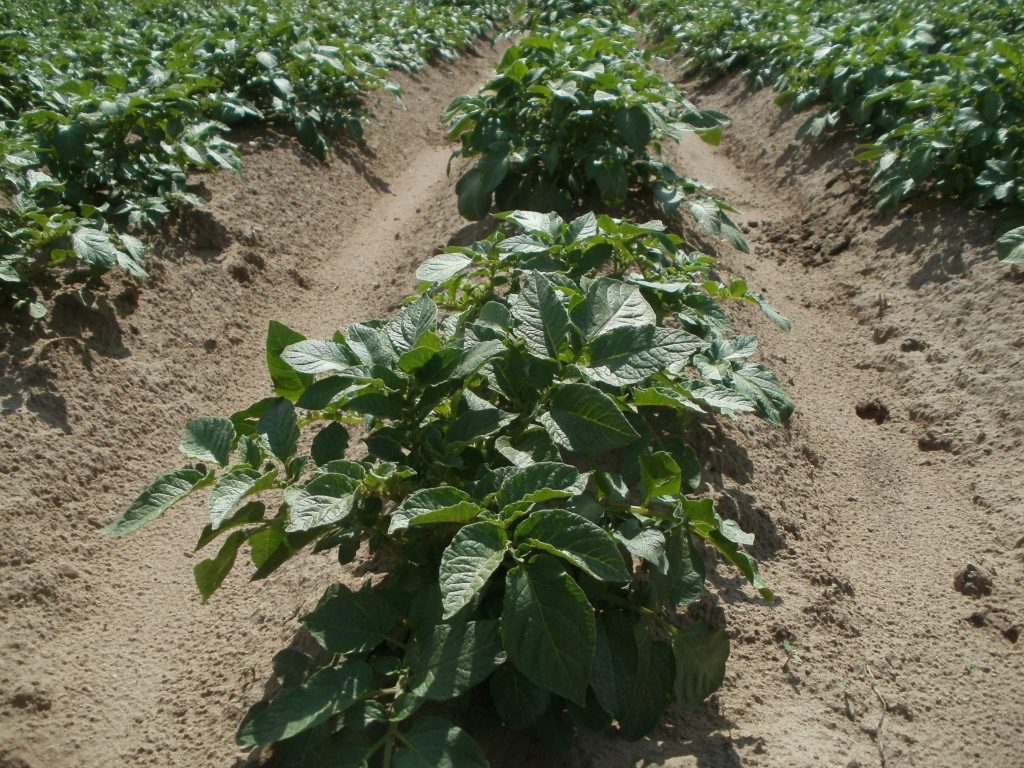
September is a great time for planting early-maturing potato varieties. These tubers thrive in cooler weather, and you can expect a delicious harvest as the season progresses.
Prepare your soil well and plant seed potatoes in rows, covering them with soil and mulch to keep moisture levels consistent. Check for pests regularly as the plants emerge, and enjoy the satisfaction of digging up your home-grown potatoes.
Squash
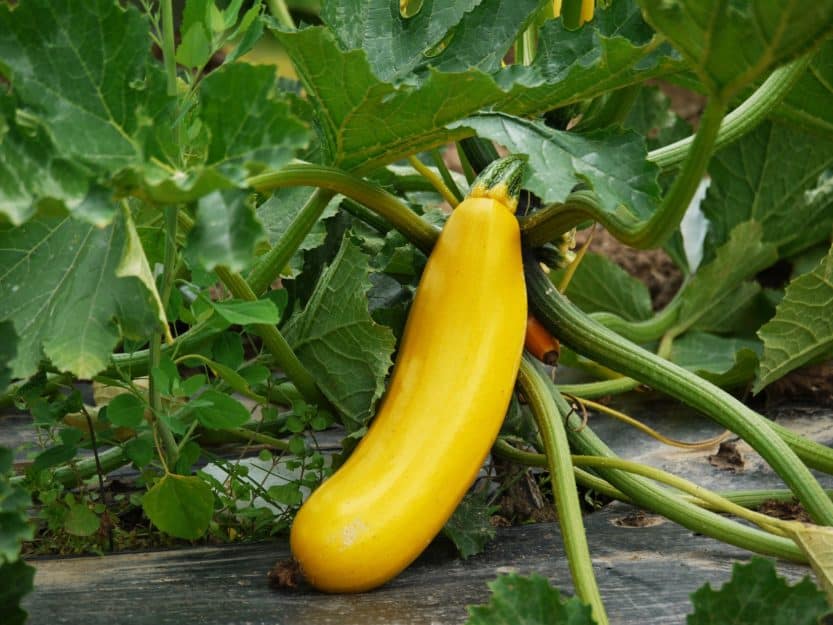
While summer squash is typically harvested earlier, fall varieties like winter squash should be planted in September. Butternut, acorn, and spaghetti squash are all excellent options that not only thrive in cooler temperatures but also store well throughout the winter.
Select a sunny spot with rich, fertile soil to plant your squash seeds. Regular watering and providing support for climbing varieties will help ensure a fruitful harvest.
Winter Radishes
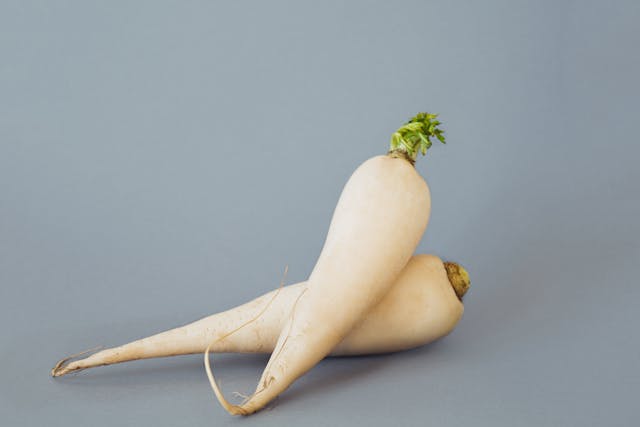
Winter radishes, such as daikon or black radishes, are perfect for planting in September. These varieties are known for their robust flavor and are excellent for storing through winter months. They add a fantastic crunch to salads or can be cooked down to enhance dishes.
Choose well-drained soil and keep the seedlings spaced generously for the best results as they mature. Regularly watering will keep them growing strong and healthy.
Endive

Endive is a leafy vegetable that adds a slight bitterness to salads and is fantastic for sautéing due to its unique texture. Planting in September allows endive to mature in cooler temperatures, which can enhance its flavor.
Endive prefers rich, well-drained soil and consistent watering. Protect them from strong winds and pests, and be prepared to harvest before the plants bolt, ensuring the leaves remain tender.
Chives
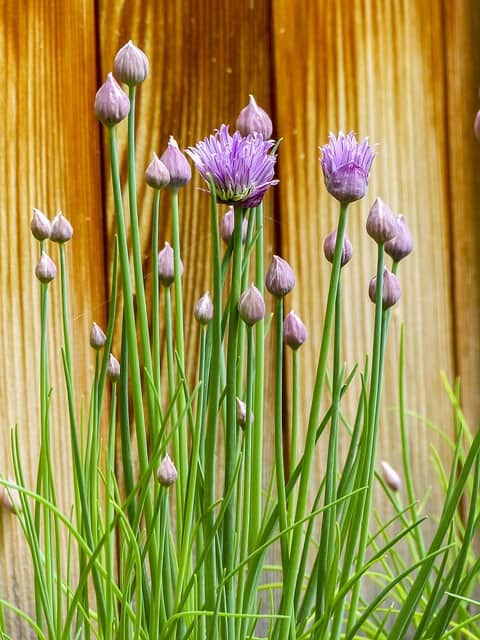
Chives are a perennial herb that offers a mild onion flavor, making them a delightful addition to any fall garden. September is an optimal month for planting as they establish roots before the winter season.
Plant chive seeds in well-drained soil in a sunny place. They require minimal care, and you can begin harvesting green tops in as little as a few weeks to enhance your fall dishes.


